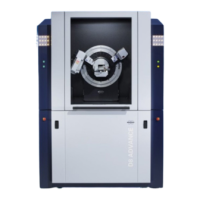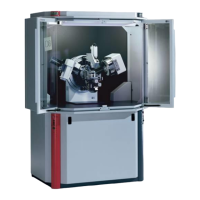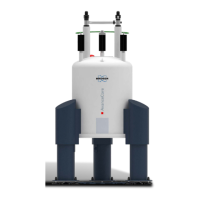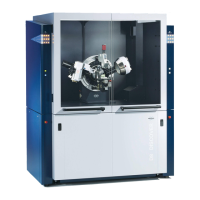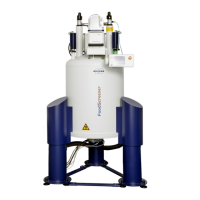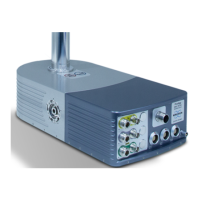D2 PHASER User Manual
DOC-M88-EXX141 V5 – 01.2015 25
Important Information for Canadian Users
General Safety Precautions of the D2 PHASER
Danger! X-Ray Radiation
The D2 PHASER spectrometer system is an analytical instrument with a strong X-ray
source. Shielding and safety equipment guarantee that the emitted radiation does not
exceed 1.0 μSv/h during operation.
Shielding and safety features designed into the equipment guarantee that the emitted
radiation does not exceed 1.0 μSv/h (at 5 cm from any external surface of the device)
during operation. This level is below the regulatory limit in all jurisdictions. The ICRP
dose limits in Publication 60 and 103 to the whole body for a radiation worker averaged
over a 5-yr period is 20 mSv in a year, and for a member of the public it is 1 mSv in a year.
It is highly unlikely that the radiation worker dose limits will be exceeded when trained and
qualified personnel use such devices.
Please observe local regulations for the operation of X-ray systems.
If you suspect that the safety system does not work correctly or that radiation protection is
impaired for any reason, immediately switch off the system and contact your local Bruker
AXS Service Representative. Manipulations and modifications of the safety systems are
strictly forbidden!
Note
The X-ray generator is controlled by a two position keyed switch (OFF/ON) similar to the
ignition switch of a car. The key can only be removed when the switch is in the OFF
position. The switch will remain in the OFF position until the key is inserted and turned.
Therefore the removal of the key will terminate production of X-ray.
Biological Effects
Most information is from Princton University web page :
http://web.princeton.edu/sites/ehs/osradtraining/biologicaleffects/page.htm
Mechanisms of Damage
Injury to living tissue results from the transfer of energy to atoms and molecules in the cellular
structure. Ionizing radiation causes atoms and molecules to become ionized or excited. These
excitations and ionizations can:
Produce free radicals.
Break chemical bonds.
Produce new chemical bonds and cross-linkage between macromolecules.
Damage molecules that regulate vital cell processes (e.g. DNA, RNA, proteins).
The cell can repair certain levels of cell damage. At low doses, such as that received every day from
background radiation, cellular damage is rapidly repaired.
At higher levels, cell death results. At extremely high doses, cells cannot be replaced quickly enough,
and tissues fail to function.
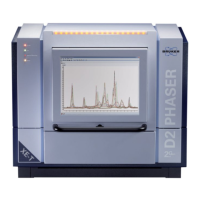
